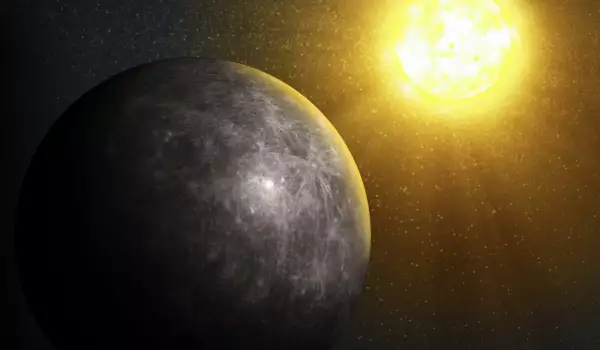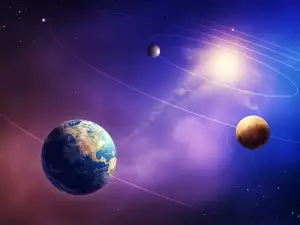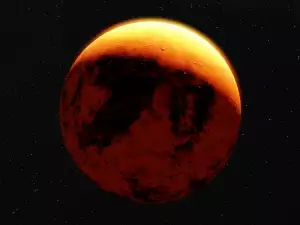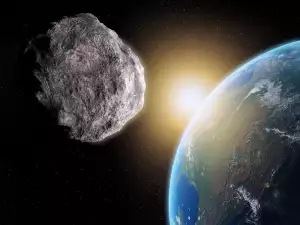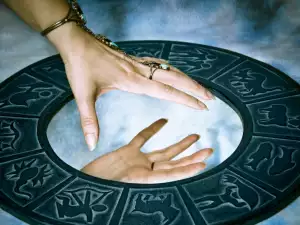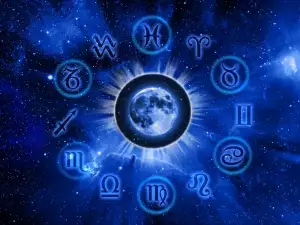According to the calculations of an astronomer from the University of Hawaii, Mercury will no longer be a part of our Solar System once it collides with Venus or the Sun.
The astronomer has been observing the movement of the planets to predict their trajectory for billions of years in the future. According to the expert, Mercury will collide with the celestial bodies nearest it - Venus or the Sun, after 5 billion years.
This potential collision will not put the Earth or any other planet in the Solar System in danger, say scientists from the University of Hawaii, who are preparing an article to publish on the issue in The Astrophysical Journal.
For centuries, astronomers have been trying to predict how long the Solar System will remain stable with its current composition of celestial bodies. Some experts postulate that certain planets may vanish due to gravitational forces.
But few astronomers are bold enough to give concrete predictions as to which celestial bodies are most at risk. From a calculation standpoint, this requires years upon years of hard work.
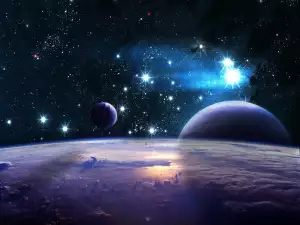
Throughout the last decade, scientists have had an easier time of this with the advances in computers and have begun the serious task of predicting the future layout of the bodies in our Solar System.
The latest phenomenal project was created by Jeroen Gommers, who has made an interactive map of our Solar System. Using it, space fans can see how the planets orbit around the Sun.
The map allows you to drag any of the objects and check how long it takes each to complete an orbit around the Sun. You can also go backward and forward in years to find out the exact location of the planets in a given period.
The author adds that the map is not perfectly accurate since the size of the planets is approximate. The interactive map jeroengommers is accessible to everyone.
